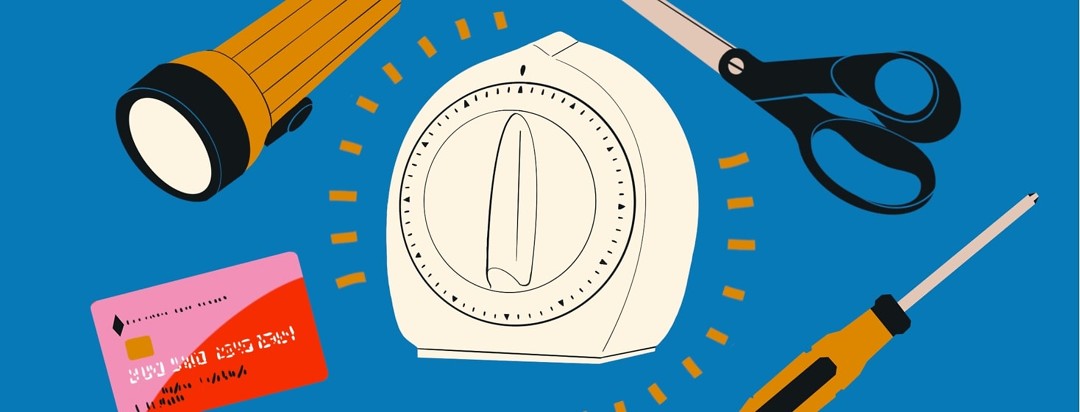The One Minute Rule
Lately, I realized I was becoming too comfortable in my own skin, my own home, and things that normally would have quickly been done were starting to slowly be piled up. Perhaps because COVID-19 meant I wouldn’t have visitors, things were left out for the next day, the next use, or just because. I thought back to my one minute rule. The term was coined by author Gretchen Rubin in 2006. Her rule is simple: if a task can be completed in one minute or less it should be done immediately, like washing a dish, answering an email, or picking up something off the floor.
Making the one minute rule a habit
It is a great idea and once it becomes habit your house and your mind both become much calmer. Then without realizing it, that one minute becomes 2, then 5. You always know where something is, no stressing over trying to see it, or remember where it was last used and retracing your footsteps. My black utility scissors become invisible on the black kitchen counter, as do my dark-rimmed glasses. It’s time to make that one minute rule a habit again. Not only for stress reduction but also for safety.
Reduces stress
The one minute rule can help in other ways, as well, We need to do whatever is possible to reduce the stress already caused by having to focus so much energy on what our eyesight allows; what we can and can’t easily see and do anymore. Many of our community members have written how their vision is not as good on a stressful day. Perhaps we should take that one minute to slow down and just breathe.
My insurance renewal paperwork, for example
As I write this I’m looking at insurance renewal paperwork that has been sitting on my table for over a week. I still have two weeks to renew it, but if it had been done immediately, as was usual before now, my table would be clear. More importantly, I wouldn’t be stressing every time I walk by and notice it; thinking I must remember to do that.
How to start using the one minute rule
Here are a few small suggestions to get started using the one minute rule.

Join the conversation